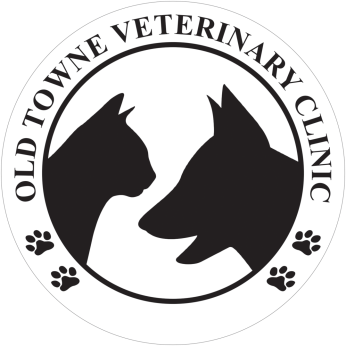Library
-
Pyometra is a serious and life-threatening infection in the uterus, occurring in female dogs who have not been spayed. The condition must be treated quickly and aggressively. The preferred treatment is to surgically remove the uterus and ovaries by performing an ovariohysterectomy. There is a medical approach to treating pyometra, although the success rate is highly variable and not without considerable risk and potential long-term complications.
-
Pyothorax is the presence of inflammatory fluid or pus within the chest cavity, which is the area between the lungs and the inner walls of the ribs. Signs of pyothorax include rapid, shallow, open-mouthed breathing that may be painful, depression, lethargy, decreased appetite. Clinical examination by a veterinarian, particularly listening to the chest with a stethoscope, may indicate fluid in the chest.
-
Pyothorax occurs when pus or inflammatory fluids collect in the space around the lungs causing fever, anorexia, lethargy, and difficulty breathing. It is diagnosed through history, physical exam, radiographs, and thoracocentesis. Treatment with oral antibiotics is essential and may involve repeated thoracocentesis or the placement of a chest drain.
-
Pyrethrin insecticides are naturally derived from the chrysanthemum (mum) flower, and pyrethroids are the synthetic versions. The use of pyrethrins/pyrethroids is generally safe in dogs; however, cats and fish are very sensitive to these products.
-
Reproductive disease in ferrets is rare today, as most pet ferrets are spayed or neutered at a young age. One disease that is still occasionally seen in pet ferrets occurs in females that are not spayed. This is called hyperestrogenemia and is a result of persistently high blood levels of estrogen in unspayed females that are not bred or fails to ovulate.
-
Retinal detachment can cause sudden blindness or vision changes. It is generally secondary to an underlying condition like high blood pressure. Diagnostics and treatment are discussed. Prognosis is guarded to good depending on the underlying cause.
-
Sago Palms are pretty plants but beware—they pack a deadly punch for pets. The popular Sago Palm enhances outdoor landscapes in warmer areas of the U.S. and serves as indoor decor in many colder climates. All parts of the Sago Palm are poisonous, but the seeds (nuts) are the most toxic to pets. As with all poisoning cases, early detection and treatment increases the rate of success.
-
A seizure is a sudden surge in the electrical activity of the brain causing signs such as twitching, shaking, tremors, convulsions, and/or spasms. Epilepsy is used to describe repeated episodes of seizures. With epilepsy, the seizures can be single or may occur in clusters, and they can be infrequent and unpredictable or occur at regular intervals. Since many different diseases can lead to seizures, it is important to perform diagnostic tests to investigate the underlying cause of the seizures. Treatment of seizures in the cat depends on the nature of the underlying disease.
-
Seizures and syncope are commonly confused with one another due to similarities in the appearance of these episodes. Both present with collapse but there are several details, explained in this handout, that can differentiate between them, which is important for determining treatment. The prognosis for each condition varies depending on the underlying causes.
-
Seizures are one of the most frequently reported neurological conditions in dogs. A seizure may also be referred to as a convulsion or fit and is characterized by a temporary involuntary disturbance of normal brain function, usually accompanied by uncontrollable muscle tremors or spasms. There are many causes of seizures. Once anticonvulsant medication is started, it must be given for life.





